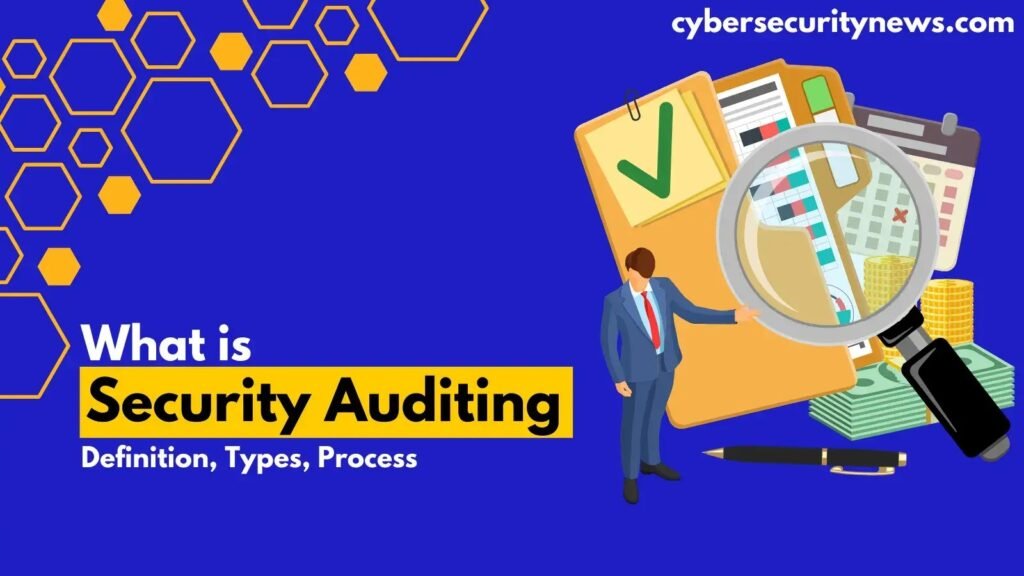What is Security Auditing?
With the global cost of cybercrime reaching nearly $9.4 million in 2024, organizations are under immense pressure to protect their data and systems from potential breaches.
Security auditing is one of the most effective ways to ensure the security of an organization’s information assets.
This article delves into security auditing, its types, processes, and significance in safeguarding an organization’s digital infrastructure.
Understanding Security Auditing
A security audit systematically evaluates an organization’s information systems, security policies, and procedures.
The primary goal is to identify vulnerabilities that cybercriminals could exploit, assess the effectiveness of existing security measures, and recommend improvements to mitigate potential risks.
By conducting regular security audits, organizations can ensure that their security protocols are up-to-date and capable of defending against the latest threats.
Why Conduct Security Audits?
The need for security audits stems from the dynamic nature of cyber threats. As technology advances, so do the tactics employed by cybercriminals. Organizations must remain vigilant and proactive in identifying and addressing security gaps to protect sensitive data.
Security audits provide a comprehensive overview of an organization’s security posture, helping to identify weaknesses and implement necessary improvements.
Types of Security Audits
Security audits can be categorized into several types, each serving a specific purpose and focusing on different aspects of an organization’s security framework.

1. Compliance Audit
A compliance audit evaluates how well an organization’s security measures align with industry regulations and standards such as HIPAA, ISO 27001, or PCI DSS.
The objective is to identify areas where the organization fails to meet compliance requirements and ensure adherence to necessary standards.
2. Vulnerability Assessment
A vulnerability assessment involves identifying and quantifying potential vulnerabilities within an organization’s systems and networks.
This is typically achieved through automated scanning tools that detect security risks and recommend enhancing the organization’s security posture.
3. Penetration Testing
Penetration testing, or ethical hacking, simulates real-world cyberattacks on an organization’s systems to identify vulnerabilities and weaknesses.
Conducted by security professionals, penetration testing helps organizations understand how they might be targeted by hackers and assess their ability to detect and respond to an attack.
4. Risk Assessment
A risk assessment evaluates an organization’s overall security risk profile by identifying potential risks arising from vulnerabilities and their likelihood of occurrence.
This involves both manual and automated methods to determine possible breaches that could result from a single or combination of multiple vulnerabilities.
5. Social Engineering Audit
Social engineering audits assess an organization’s vulnerability to social engineering attacks, such as phishing or pretexting. The goal is to identify gaps in the organization’s security awareness training and provide recommendations for strengthening it.
6. Configuration Audit
Configuration audits evaluate an organization’s system configurations to ensure they are secure and compliant with industry standards. The primary aim is to identify potential security threats and offer suggestions for strengthening the organization’s security posture.
Internal vs. External Security Audits
Security audits can be conducted internally or externally, offering distinct advantages and disadvantages.
Internal Audits
Internal security audits are conducted by an organization’s internal audit team, composed of employees. These audits evaluate how well an organization’s internal controls, processes, and procedures work to ensure they conform to industry standards and laws.
Internal audits help identify opportunities for improvement and ensure the security of the company’s assets.
External Audits
External security audits are conducted by impartial third-party auditors not connected to the company. These audits independently assess a company’s internal controls, financial statements, and compliance with industry norms and laws.
External audits are typically conducted less frequently than internal audits and provide an unbiased evaluation of an organization’s security posture.
The Security Audit Process
Conducting a security audit involves several key steps, each crucial for ensuring a comprehensive evaluation of an organization’s security measures.

1. Planning and Scoping
The first stage of a security audit is planning and defining the audit’s scope. This includes determining the audit’s parameters, the areas to be assessed, the audit team, and the necessary resources.
The team will also specify the audit’s goals, anticipated results, and schedule.
2. Information Gathering
The next stage involves obtaining information on the organization’s systems, procedures, and controls.
This includes technical evaluations, analyzing documentation, and speaking with key personnel. The audit team uses this data to pinpoint security holes and threats.
3. Risk Assessment
Once sufficient information has been gathered, a risk assessment is conducted to identify potential security risks and vulnerabilities.
This involves analyzing the data collected during the information-gathering phase to determine where the organization may be susceptible to security risks.
4. Testing and Evaluation
The audit team conducts various tests and assessments to determine the effectiveness of the organization’s security measures.
This may involve vulnerability scans, penetration testing, social engineering tests, or other types of security assessments.
5. Reporting
The final step in a security audit is preparing a report summarizing the audit findings and recommendations.
This report typically includes an executive summary, a detailed analysis of the findings, and suggestions for improving the organization’s security posture.
6. Findings and Recommendations
After the security audit, the potential risks and vulnerabilities are discussed, and recommendations are made to improve the organization’s security posture.
The audit team may also provide a risk rating for each identified risk based on its likelihood and impact.
The Importance of Regular Security Audits
Regular security audits are essential for maintaining a strong security posture. They help organizations avoid potential threats, ensure compliance with industry standards, and protect sensitive data from unauthorized access.
By identifying and addressing vulnerabilities and safeguarding their reputation, organizations can reduce the risk of data breaches.
Security auditing is a critical component of an organization’s cybersecurity strategy. It provides a systematic approach to evaluating and enhancing security measures, ensuring that organizations are well-equipped to defend against cyber threats.
By conducting regular security audits, organizations can maintain a robust security posture, protect their valuable assets, and build trust with their stakeholders.






